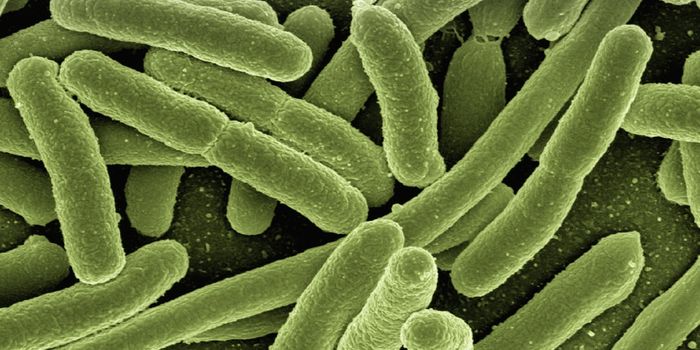Small Changes in Vaccine Molecules Could Make Them More Effective
Effective vaccines have to trigger an immune response, which is intended to create an immune 'memory' of a specific infection so that if one occurs, the body will be able to fight it off. The immune system recognizes molecules that are attached to pathogens, called antigens, to identify and attack invaders. These antigens are used in the design of a vaccine.
Not every infectious disease is a good candidate for engineering a vaccine. HIV for example mutates so quickly that its antigens may not stay the same, usually making them poor candidates for use in a vaccine. Scientists have now found that valency, which in immunology refers to the number of places on an antigen where an antibody can bind (and potentially neutralize it or prevent it from infecting a cell), is a factor in vaccines. The findings have been reported in Immunity.
"Differences in valency can impact antibody responses," said the first study author Yu Kato, Ph.D., a postdoctoral fellow at La Jolla Institute for Immunology (LJI).
The higher the valency, the more places it has to bind to an antibody. It would seem like an increased valency, with more binding sites, would make a better candidate for a vaccine, but that is not always the case.
"Different vaccines have vastly different valencies. Diphtheria toxin is a dimer, valency of 2. [The] Hep B vaccine is 100-120. There is no clear consensus as to how the differing valencies impact B cell responses since these antigens also differ in many other ways," explained Kato.
In this study, the researchers applied a tool called two-photon microscopy to learn more about how valencies change the responses of immune cells called B cells. Their work showed that antigens with high valency can cause the body to generate more B cells that make antibodies against the antigen.
The immune system seems to throw whatever might stick at antigens with high valency. A valency of 60 can trigger this scatter-shot targeting approach that raises B cell levels, but in other cases, it only takes a valency of four to cause a similar response. But a more targeted response is caused by antigens with a low valency.
"Valency matters, but you don't need a valency of 1,000 engineered into your vaccine for it to make a difference," noted co-study leader LJI Professor Shane Crotty, Ph.D.
Scientists have been aware of valency for some time, but testing it in vaccines is difficult. It's also complex; the antigens on pathogens don't only have different valencies, but they also have different ways to avoid the immune system and different strategies for infecting cells.
"Proteins are really unique, so we had to turn it into an apples-to-apples comparison," said Crotty.
The researchers were able to create versions of an HIV protein that had different antigen valencies, from one to sixty. The researchers found that there is little difference in B cell responses among valencies from four to sixty.
It is still an important factor when designing a vaccine, however. In the case of HIV, there are very few B cells that can target the virus. High valency antigens may promote the production of these rare B cells, and improve the immune response.
"Depending on the type of B cells we need to prime, we need to think about which valency may be best," said Kato.
Sources: AAAS/Eurekalert! via La Jolla Institute for Immunology, Immunity








